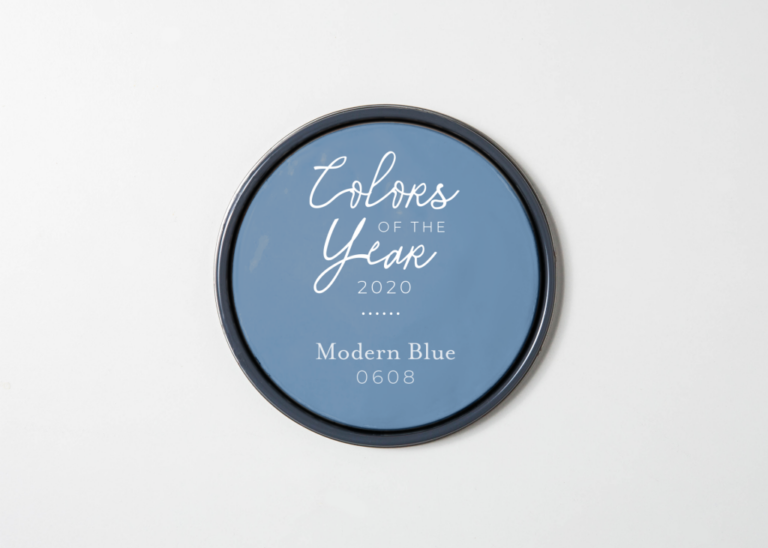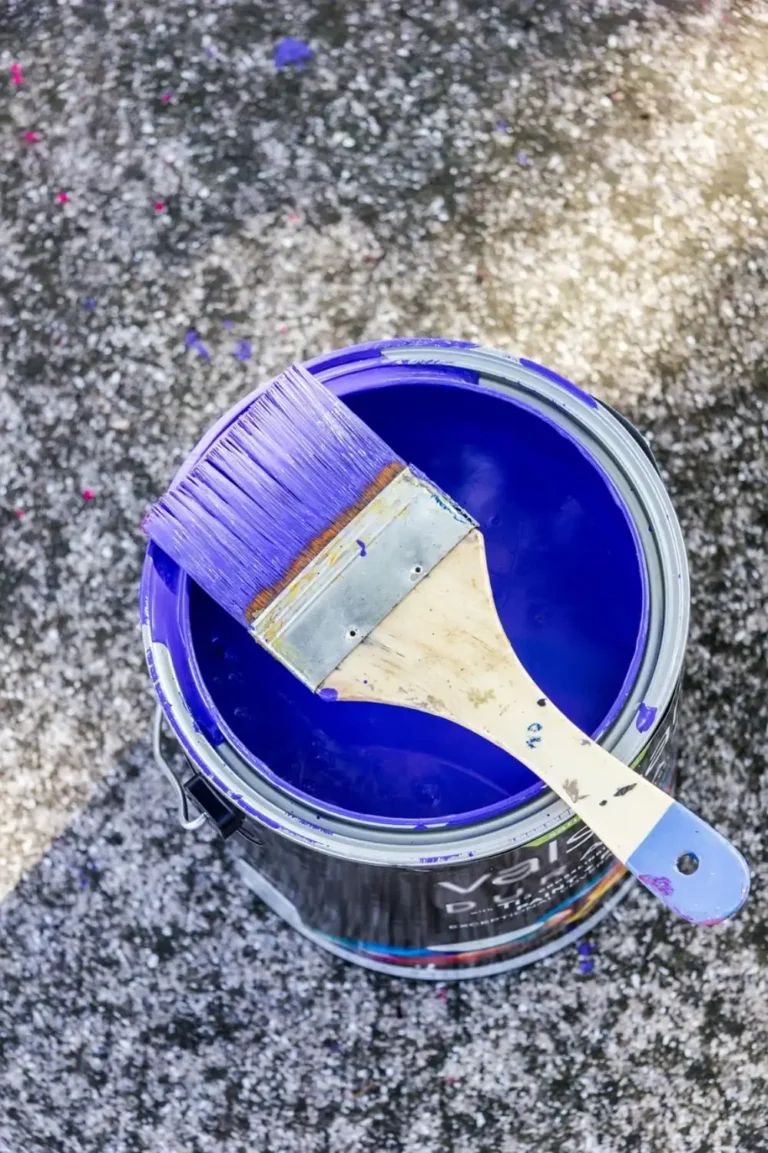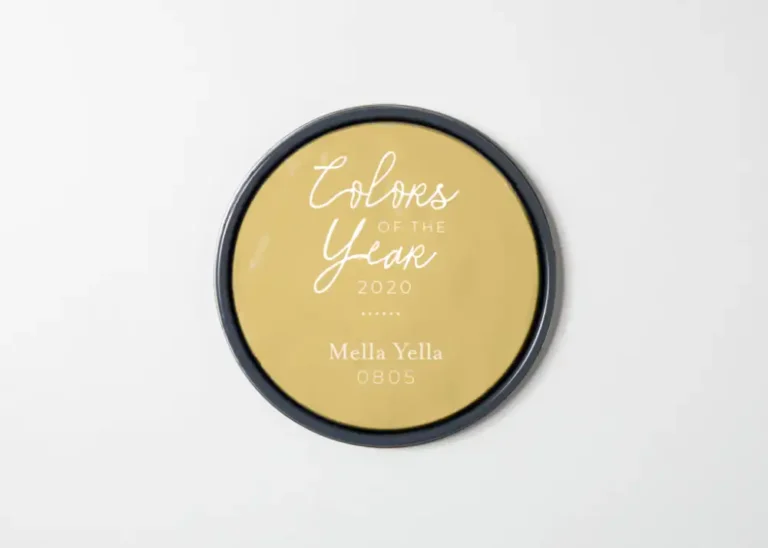Understanding When to Use Oil-Based Paint
Selecting the right type of paint is critical to achieving a durable and high-quality finish. Among the many options available, oil-based paint stands out for its strength, smooth appearance, and superior adhesion. Knowing when to use oil-based paint instead of water-based or latex alternatives can greatly affect both the look and longevity of a project.
This guide explains what oil-based paint is, the advantages it offers, and the situations where it performs best.
What Is Oil-Based Paint
Oil-based paint uses natural oils, such as linseed oil, or synthetic alkyd compounds as its primary binding agent. This composition gives it a slower drying time compared to water-based paints, allowing it to level out as it dries and form a hard, durable coating.
Key characteristics include:
- Made with natural oils or alkyd resins
- Provides a tough, long-lasting surface
- Requires mineral spirits or paint thinner for cleanup
- Dries more slowly than latex paint
Because of these traits, oil-based paints are often preferred for surfaces that need maximum durability and a smooth, polished appearance.
When to Use Oil-Based Paint
Oil-based paint performs best on surfaces exposed to wear, moisture, or environmental stress. It’s ideal for the following applications:
High-Traffic Areas
The hardened finish of oil-based paint resists scuffs and impacts, making it a top choice for doors, trim, and baseboards. These areas often face frequent contact and benefit from the paint’s toughness and sheen retention.
Exterior Surfaces
Exterior elements like doors, railings, and outdoor furniture need protection against moisture, sunlight, and fluctuating temperatures. Oil-based formulas excel in these conditions, offering long-term resistance to peeling and cracking.
Cabinets and Furniture
When refinishing cabinetry or furniture, oil-based paint provides a smooth, professional-grade finish. Its self-leveling properties minimize brush marks and create an even surface ideal for high-visibility projects.
Stain or Dark Color Coverage
Oil-based paint offers superior opacity, making it effective for covering dark shades, stains, or water marks. It seals surfaces and prevents discoloration from bleeding through the topcoat.
Metal Surfaces
Oil-based paint adheres exceptionally well to metal, providing a rust-resistant coating for items such as railings, gates, and outdoor fixtures.
Benefits of Oil-Based Paint
Oil-based paint remains a preferred option for many professionals because of its performance advantages.
Long-Lasting Durability
It forms a dense, protective film that resists abrasion and wear better than most water-based alternatives.
Smooth, Professional Finish
The extended drying time allows the paint to self-level, eliminating brush marks and creating a refined surface ideal for woodwork or furniture.
Superior Adhesion
Oil-based paint bonds strongly to wood, metal, and pre-painted surfaces, reducing the risk of peeling or chipping over time.
Moisture and Stain Resistance
Once cured, the coating repels water and stains, making it suitable for bathrooms, kitchens, and exterior applications.
Considerations Before Using Oil-Based Paint
Despite its advantages, there are a few factors to keep in mind before selecting an oil-based product:
- Drying Time: It typically takes six to eight hours to dry to the touch, with a full day recommended before recoating.
- Odor and Ventilation: Oil-based paints release strong fumes during application. Adequate ventilation is necessary for indoor use.
- Cleanup Requirements: Brushes and tools must be cleaned with mineral spirits or paint thinner, not soap and water.
Oil-Based Paint vs. Latex Paint
| Feature | Oil-Based Paint | Latex Paint |
|---|---|---|
| Durability | Highly durable and wear-resistant | Flexible but less resistant to abrasion |
| Drying Time | 6–8 hours (longer) | 1–2 hours (faster) |
| Finish | Smooth and glossy | Available in matte to gloss finishes |
| Cleanup | Requires solvents | Cleans easily with soap and water |
| Best For | Trim, cabinets, furniture, metal, exterior surfaces | Walls, ceilings, general interior use |
If your project demands a tough, glossy finish on a high-traffic or exterior surface, oil-based paint is the superior choice. For faster drying and easier cleanup, latex paint may be more practical.
How to Apply Oil-Based Paint
For a smooth, lasting finish, apply oil-based paint with the following steps in mind:
- Prepare the Surface: Clean and sand thoroughly to remove dirt, old paint, or debris. Apply primer if necessary.
- Select the Right Brush: Natural bristle brushes work best for oil-based paint.
- Use Thin Coats: Avoid heavy layers to reduce drips and uneven drying. Apply multiple thin coats instead.
- Allow Proper Drying Time: Wait six to eight hours between coats.
- Ensure Ventilation: Use fans or open windows to minimize fumes.
Is Oil-Based Paint Better for Exterior Use
Oil-based paint provides excellent durability, water resistance, and adhesion, making it a strong contender for exterior projects. It performs well on wood, metal, and other materials exposed to weather, offering a smooth, even finish that stands up to time and the elements.
However, it does require more maintenance and has a stronger odor than acrylic or latex paints. For applications where longevity and toughness are priorities, oil-based paint is ideal. For those who value quick drying and low odor, a high-quality acrylic paint might be preferable.
Final Thoughts
Choosing the right paint can determine the quality and lifespan of your project. Oil-based paint excels where strength, adhesion, and moisture resistance are essential. Understanding its benefits and limitations ensures you achieve a lasting, professional finish whether you’re painting furniture, trim, or exterior surfaces.






